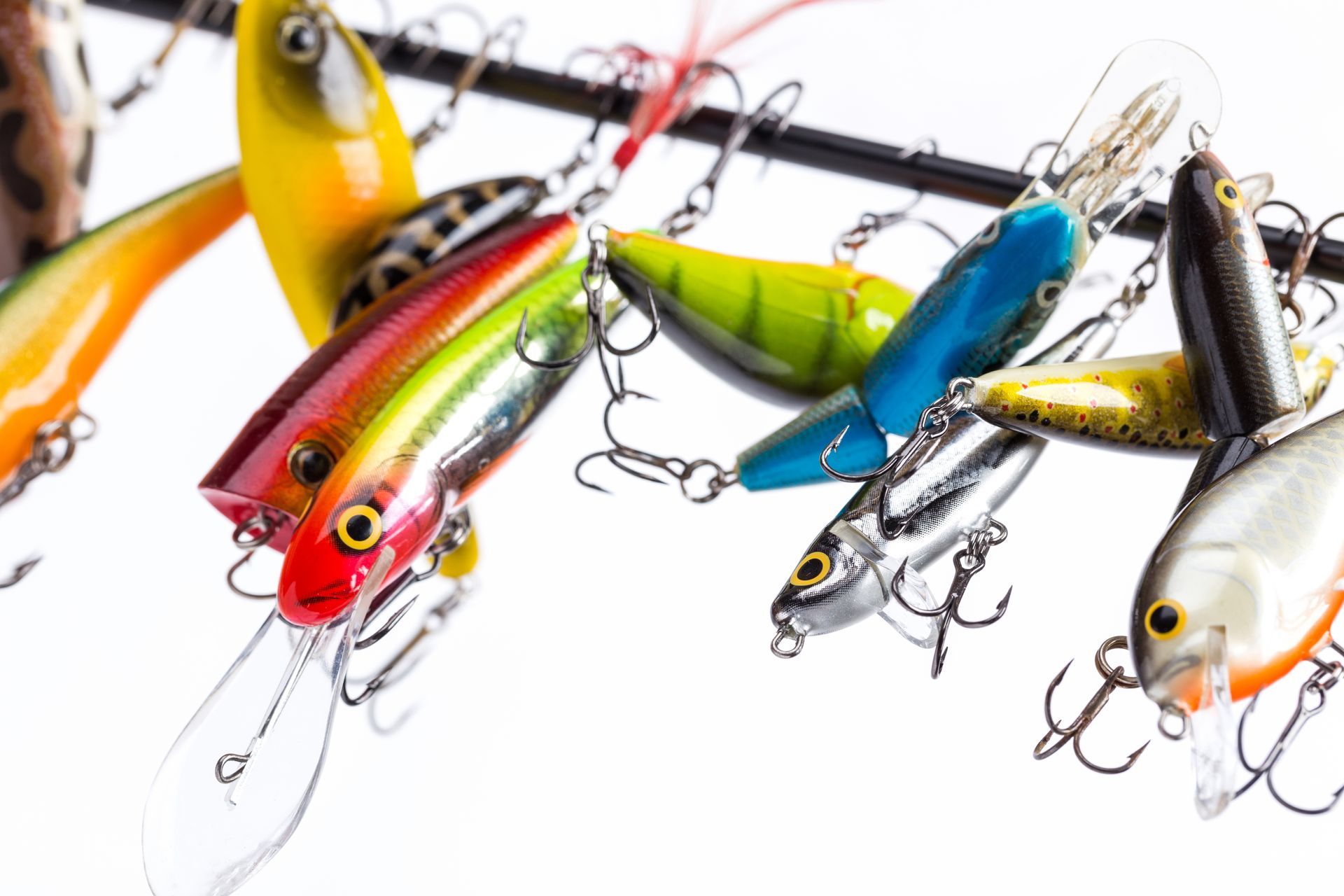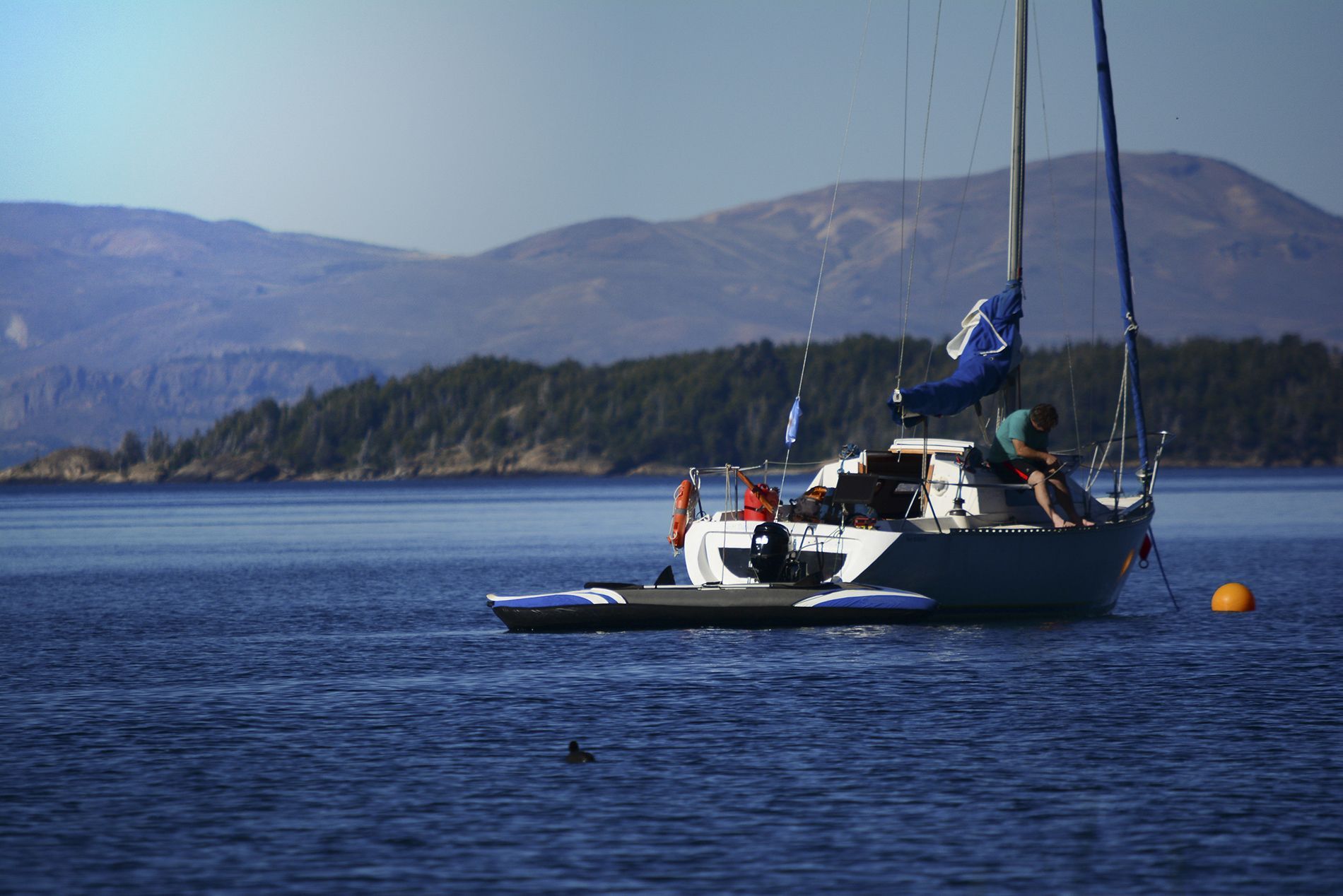The Ultimate Guide to Saltwater Fishing Techniques.
Exploring the vast world of saltwater fishing reveals an exciting blend of challenges and thrills that captivate anglers of all levels. Mastering various fishing techniques is pivotal for anyone looking to conquer the sea's unpredictability and bountiful rewards. Saltwater fishing, with its diverse habitats ranging from the serene inshore flats to the mysterious depths of the open ocean, demands a versatile skill set and a deep understanding of the marine environment.
The right techniques enable anglers to effectively target a wide array of species, each requiring a unique approach due to their distinct behaviors and habitats. Whether it's the art of casting lures into crashing surf, trolling the deep blue for pelagic giants, or finesse jigging over reef structures, the knowledge and application of effective saltwater fishing techniques are fundamental to turning promising outings into successful catches. This journey into saltwater fishing not only tests an angler's skill and patience but also deepens their connection with the natural aquatic world, making every trip a unique adventure.
Section 1: Understanding Saltwater Fishing Environments
Coastal or inshore fishing offers a serene yet dynamic angling experience, characterized by the shallow waters of estuaries, flats, and bays. This environment demands stealth and precision, where techniques like light tackle spinning, fly fishing, and sight casting become invaluable. Anglers must adeptly navigate these waters, often using live bait or subtle lures to entice species such as redfish, speckled trout, and flounder that thrive in these areas.
Venturing into offshore or deep-sea fishing introduces a realm of heightened challenges and excitement. Here, anglers face the vastness of the open ocean, targeting pelagic species like marlin, tuna, and dorado. Techniques such as trolling with large lures or live bait, deep-water jigging, and chumming are essential to attract these powerful fish. The unpredictability of deep-sea conditions demands sturdy gear, patience, and a strong understanding of oceanic currents and fish behavior.
Surf fishing, a contrast to boat-based methods, involves casting lines from the beach or shoreline into the breaking waves. Successful surf fishing hinges on understanding wave patterns, using appropriate weights to anchor baits, and selecting the right time of day when fish are most active. Anglers often rely on a mix of natural baits like sand fleas, shrimp, and cut bait, alongside artificial lures, to target species cruising the surf zone.
Section 2: Essential Gear and Equipment
Selecting the right rods and reels is crucial in saltwater fishing, as the gear must withstand the corrosive marine environment and the brute strength of saltwater species. Saltwater rods and reels are typically more robust and corrosion-resistant compared to their freshwater counterparts. For techniques like trolling and deep-sea fishing, heavy-duty reels and thick, sturdy rods are essential, whereas lighter setups are suitable for inshore casting and fly fishing.
The choice of line and leader material significantly impacts success in saltwater fishing. Braided lines are favored for their strength and sensitivity, ideal for deep-sea jigging and precision casting inshore. Fluorocarbon leaders, nearly invisible underwater and resistant to abrasion, are preferred when targeting wary species in clear waters.
When it comes to hooks, baits, and lures, the diversity of saltwater environments demands a versatile arsenal. Live baits such as shrimp, crabs, and minnows are effective for a natural presentation, particularly in inshore waters. For artificial lures, options range from shiny spoons and deep-diving plugs for pelagic species to soft plastics and surface poppers for inshore fishing, each designed to mimic the prey of target species and provoke strikes in different conditions.
Section 3: Key Saltwater Fishing Techniques
Mastering casting from the shore demands both skill and understanding of the coastal environment. Achieving accuracy and distance often involves the use of longer rods and aerodynamic lures or weights, coupled with techniques like the overhead or sidearm cast to navigate windy conditions or obstacles.
Trolling is a dynamic method for enticing pelagic species, requiring a moving boat to drag lures or baited lines through the water. Key to trolling is the strategic setup of rods and reels, the selection of lures that mimic the prey of target species, and boat maneuvering to cover a wide area or specific underwater structures where fish are likely to congregate.
Jigging, especially vertical jigging, is an effective technique in targeting deep-water species. It involves dropping a weighted lure to the desired depth and then rhythmically lifting and dropping the rod tip, making the jig mimic an injured baitfish—an irresistible lure for predatory fish.
Saltwater fly fishing adapts the finesse of freshwater techniques to the challenging saltwater arena, focusing on fly selection that matches local baitfish or crustaceans and mastering the double haul cast to achieve greater distances.
Bottom fishing targets species dwelling near the ocean floor, using weighted rigs to keep bait in place amidst structures or over wrecks. Successful bottom fishing hinges on understanding the terrain and selecting the right bait and tackle to entice species such as grouper, snapper, and flounder, making it a test of patience and precision.
Section 4: Targeting Specific Species
Targeting popular saltwater game fish such as tuna, marlin, snapper, and tarpon requires a blend of specialized techniques and a deep understanding of each species' behavior and habitat. Tuna, known for their strength and speed, are often pursued with trolling methods using feathered lures or live bait, and successful anglers know to look for signs like bird activity that indicate tuna feeding near the surface. Marlin fishing is an art of patience and precision, employing large, colorful lures or rigged baits and often involving the use of outriggers to spread the trolling lines and avoid tangling.
Snapper, a bottom-dwelling species, are best targeted through bottom fishing techniques, using cut bait or live bait presented near structures or reefs where these fish congregate. Tarpon, on the other hand, require a different approach, often caught using live bait or large soft plastic lures in shallow waters, with anglers needing to master the art of sight casting to these elusive giants.
Understanding the preferred habitat and feeding patterns of these species is key to effective targeting. Marlin are often found in warmer, offshore waters, while snapper prefer reefs and wrecks. Tuna may range widely, from offshore to nearshore waters, depending on the species, and tarpon are primarily inshore fish, frequenting coastal waters, estuaries, and rivers. Tailoring techniques to these behaviors maximizes the chances of a successful catch, turning a day on the water into an unforgettable fishing adventure.
Section 5: Safety and Conservation Practices
Safety in saltwater fishing is paramount, not only for the well-being of the angler but also for the preservation of marine environments. Weather plays a critical role in planning a safe fishing expedition. Being aware of forecasts and understanding the implications of sudden changes, like storms or high winds, is essential to avoid hazardous situations. Equally important is emergency preparedness, which includes having the proper safety gear onboard, such as life vests, flares, and a well-equipped first-aid kit, alongside a reliable means of communication for any unforeseen events.
Ethical fishing practices are the cornerstone of sustainable angling. Catch and release, when done correctly, ensures the health and survival of fish populations, allowing them to thrive for future generations. It involves using barbless hooks, handling fish with wet hands to protect their slime coating, and ensuring minimal time out of water. Respecting marine habitats is equally crucial; this means avoiding sensitive areas, reducing bycatch by using targeted fishing methods, and keeping the oceans free from litter. Adopting these ethical practices fosters a harmonious relationship between anglers and the aquatic world, ensuring the longevity and vitality of marine ecosystems.
Section 6: Advanced Tips and Tricks
In the modern angling world, technology plays a pivotal role in enhancing fishing outcomes. Fish finders and GPS devices have become indispensable tools for saltwater anglers. Fish finders utilize sonar technology to provide detailed underwater maps, revealing fish locations, depth, and even the type of bottom structure, which is invaluable for targeting specific species and understanding their habitat. GPS units aid in navigation, allowing anglers to mark productive fishing spots and safely navigate even in unfamiliar waters or low visibility conditions.
Seasonal and weather-related strategies are also crucial for successful fishing. Understanding how fish behavior changes with the seasons, such as migration patterns and spawning periods, can significantly improve catch rates. Weather conditions, including temperature, barometric pressure, and wind, can affect fish activity levels. For example, many species are more active and feed more aggressively before a storm, making it an opportune time to fish. Adapting fishing techniques to these environmental cues, such as choosing the right time of day, adjusting lure selection, or altering fishing depths, can lead to more fruitful outings. Leveraging technology alongside these natural indicators allows anglers to make informed decisions, ultimately leading to a more productive and enjoyable fishing experience.
Conclusion
In this comprehensive guide, we've journeyed through the exhilarating world of saltwater fishing, exploring a variety of techniques and strategies tailored to the unique challenges and opportunities the sea offers. From mastering the art of coastal and inshore fishing to conquering the depths of offshore and deep-sea adventures, we've delved into the essentials of gear and equipment, the nuances of targeting specific game fish, and the importance of safety and ethical fishing practices. We've also highlighted the role of technology in enhancing fishing outcomes and the significance of adapting to seasonal and weather-related patterns.
At
Endless Summer Charters, we believe that the journey of an angler is one of continuous learning and exploration. We encourage you to experiment with the diverse techniques discussed and to always seek out new knowledge and skills. Whether you're a seasoned pro or just starting out, there's always more to discover in the vast and vibrant world of saltwater fishing. For personalized advice, charters, and a community of fellow enthusiasts, reach out to us at
(904) 501-7374. Let's keep the spirit of adventure alive and ensure that every fishing experience is rewarding and full of discovery.




